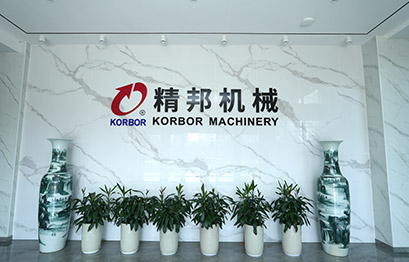What unique processing techniques and quality control methods does LADA Car Camshaft use to ensure the accuracy and surface quality of the camshaft during the manufacturing process?
LADA Car uses a series of processing techniques and quality control methods to ensure the accuracy and surface quality of the camshaft during the manufacturing process
Unique processing techniques
1. Advanced material selection and processing
LADA Car may choose high-performance alloys that meet the performance requirements of the camshaft, just as Anhui KORBOR Machinery Co., Ltd. does. High-quality materials are the basis for ensuring the accuracy and surface quality of the camshaft. And the materials will be strictly pre-treated to remove impurities and other defects. After that, heat treatment processes such as tempering, carburizing, and quenching are used, and Anhui KORBOR Machinery Co., Ltd. is good at this. These processes can significantly enhance the strength, hardness and wear resistance of the camshaft, making the camshaft less likely to deform during subsequent processing and use, ensuring dimensional accuracy and surface wear resistance.
2. Precision machining
CNC machining technology: Use high-precision CNC machine tools to perform turning, milling, grinding and other processing operations on the camshaft. CNC machine tools can accurately control the motion trajectory and cutting parameters of the tool to ensure that the dimensional accuracy of each part of the camshaft is within a very small tolerance range. For the contour curve processing of the cam, CNC processing can accurately cut according to the design requirements, so that the parameters such as the lift and phase angle of the cam meet the high-precision standards.
Multi-axis linkage processing: The use of a multi-axis linkage machining center can complete the processing of multiple surfaces and complex shapes in one clamping, reducing the positioning error caused by multiple clamping and improving the overall accuracy of the camshaft. For example, the journal, cam and other parts of the camshaft can be processed at the same time to ensure the position accuracy between the parts.
3. Special surface treatment process
Superfinishing: Superfinishing on the surface of the camshaft, such as honing and grinding. These processes can further reduce the surface roughness, improve the surface finish and flatness, make the camshaft surface smoother, reduce friction and wear between components such as valves, and also help improve sealing performance.
Coating treatment: Coating treatment of the camshaft surface, such as hard chrome plating, ceramic coating, etc. The coating can improve the hardness, wear resistance and corrosion resistance of the camshaft surface, protect the camshaft surface from the influence of the external environment, extend its service life, and improve the surface quality.
Strict quality control methods
1. Follow a high standard quality system
Lada automotive camshaft manufacturing may follow international advanced quality management standards, such as the IATF16949:2016 standard followed by Anhui KORBOR Machinery Co., Ltd. This standard strictly regulates the production process of automotive parts, and has clear quality requirements for each link from raw material procurement, production and processing to finished product inspection, ensuring that each camshaft meets high quality standards.
2. Whole process quality monitoring
Raw material inspection: Strict inspection of purchased raw materials, including chemical composition analysis, physical property testing, etc., to ensure that the quality of raw materials meets the requirements. Only qualified raw materials can enter the production link, which guarantees the quality of the camshaft from the source.
Production process monitoring: During the production process, advanced testing equipment and technology are used to monitor each process in real time. The dimensional accuracy of the camshaft is measured using a three-coordinate measuring machine, and the surface roughness meter is used to detect the surface quality. Once a quality problem is found, adjustments and corrections are made immediately to avoid unqualified products from flowing into the next process.
Finished product inspection: A comprehensive finished product inspection is carried out on the camshafts that have been processed. In addition to dimensional accuracy and surface quality inspections, performance inspections such as hardness testing and metallographic analysis are also included. Only camshafts that pass all inspection items can be judged as qualified products, ensuring the quality stability of the products shipped.
3. "Zero defect" production concept
Adhere to the "zero defect" production concept, just as Anhui KORBOR Machinery Co., Ltd. insists on. This requires all employees to establish a high degree of quality awareness during the production process, strictly operate in accordance with process requirements and quality standards, do not accept, do not manufacture, and do not pass on defective products, and ensure the high precision and high quality of the camshaft in thought and action.
4. Quality traceability system
Establish a complete quality traceability system to record the production process of each camshaft in detail, including information such as raw material batches, processing equipment, operators, and inspection data. Once a quality problem is found during use, the cause can be quickly identified through the traceability system, and corresponding measures can be taken to improve and deal with it, which also helps to continuously optimize the production process and quality control methods.

 English
English 中文简体
中文简体 русский
русский Español
Español











